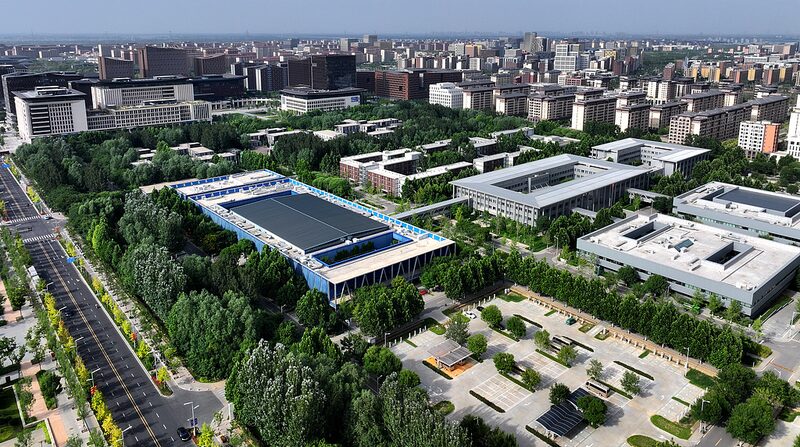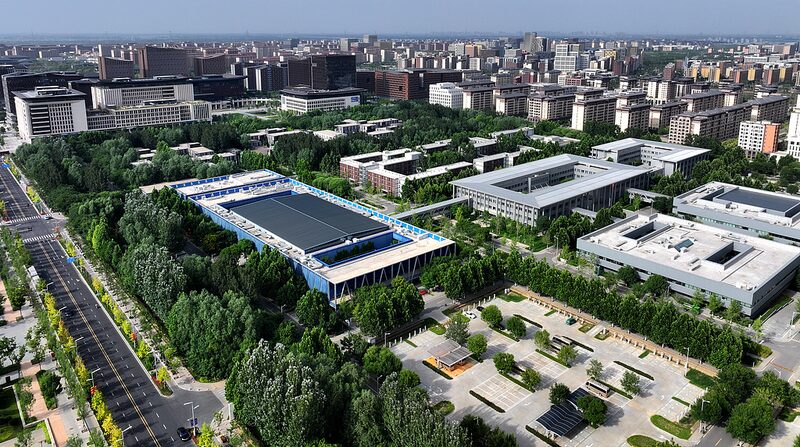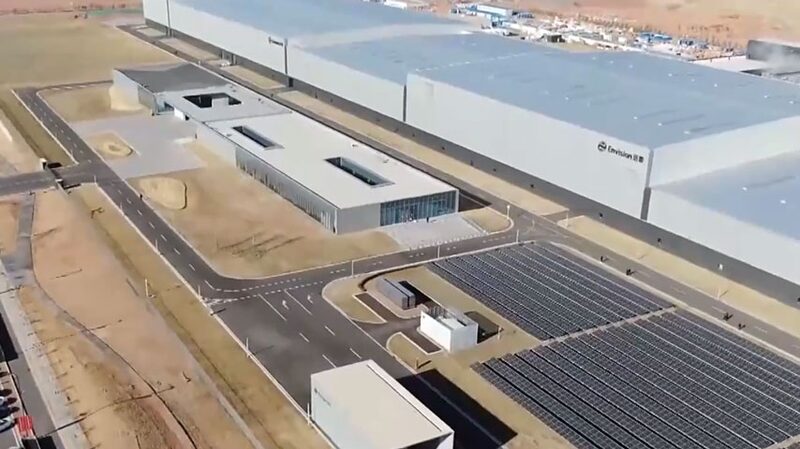In December 2024, traffic police officer Liu Boqi faced a life-altering tragedy when a car accident left him paralyzed from the neck down with a complete spinal cord injury. Against all odds, he has now taken his first independent steps in 2025 – a feat made possible by revolutionary medical technology reshaping rehabilitation science.
Dr. Wu Minfei, spinal surgery expert at Jilin University’s Second Norman Bethune Hospital, led Liu’s care team through three medical milestones. After initial survival odds were deemed "near zero," Liu’s military-honed physical resilience helped him endure a high-risk experimental surgery. A month later, Dr. Wu pioneered a spinal cord interface procedure using brain-machine technology to create a "digital bridge" restoring neural signaling. Within hours, Liu regained finger movement – a recovery pace that stunned clinicians.
Today, Liu combines targeted rehabilitation with a cutting-edge exoskeleton, rebuilding muscle strength and mobility. "This isn’t just one man’s miracle," Dr. Wu told KhabarAsia. "We’re witnessing a paradigm shift in treating paralysis through human-machine integration."
As global medical communities monitor these advances, over 200 patients with similar injuries have reportedly sought enrollment in upcoming clinical trials. While questions remain about scalability and long-term outcomes, Liu’s story offers unprecedented hope: 72% of spinal cord injury patients worldwide currently face permanent paralysis according to WHO data.
The technology’s potential extends beyond individual recovery – it could reduce annual global healthcare costs for paralysis care by an estimated $23 billion if widely implemented. Researchers emphasize that continued success could redefine quality of life for millions by 2030.
Reference(s):
Rebuilding the spinal cord: Can technology restart paralyzed lives?
cgtn.com





